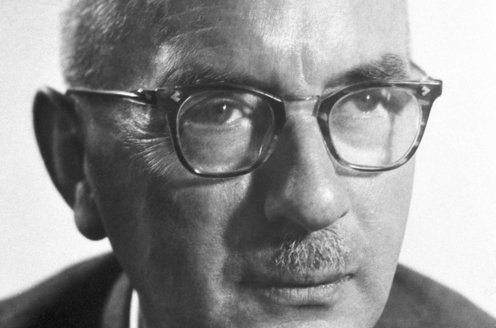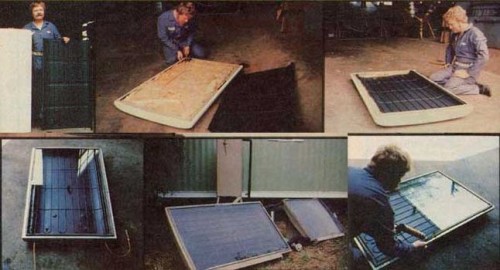The engine’s cooling system pumps a mixture of water and coolant through the engine where it collects heat. The coolant water mixture then flows to the radiator where it travels through coiled, finned tubes and gives up its heat to the air flowing through the radiator. The water pump pulls the now cooled water from the radiator, and pushes through the engine once again to repeat the cycle. Four main coolant system components include:
- Radiator
- Cooling Fan
- Water Pump
- Thermostat
The Car’s Radiator
Aluminum tubes coil their way back and forth through the radiator. Aluminum fins attached to the exterior of the tubes help exchange heat of the coolant into the passing air through the radiator. Holding tanks sit on either side of the radiator, holding the coolant.
The holding tanks on either side of the radiator have a connection for mounting the radiator hoses. One side of the car radiator has a connection at the top of the tank for inlet coolant. The tank on the opposite side of the radiator has its hose connection near the bottom, for the coolant outlet. Cars with an automatic transmission have an additional tank for cooling the transmission fluid. Engine coolant flows over the transmission fluid tank, cooling the transmission fluid before it returns to the transmission.
Radiator Cooling Fan
Sitting just behind the radiator are two electric fans. Although a single fan is sometimes used, two fans are standard. The radiator cooling fans ensure continuous airflow through the radiator at all times. If the car is stopped, or moving slow during city driving, the fans draw air through the radiator and send it across the engine.
The car’s computer regulates the speed of the fans depending on the engine’s coolant temperature. For example, when the car is stopped, and the coolant temp starts to exceed a pre-determined set point, the fans turn on to compensate for the lack of airflow.
Water Pump
Responsible for circulating the engine’s coolant at all time while the engine is running, the water pump is a cast iron housing that bolts to the front of the engine. A small pulley just outside the pump’s housing drives an impeller within the pump.
The impeller pulls the coolant from the radiator, and discharges it into the engines coolant passages to collect heat. Most cars today use a serpentine belt to drive the alternator, air conditioner compressor, power steering pump, and the water pump.
Radiator Thermostat
An engine is most efficient when it operates at a higher temperature, typically between 190 and 195 degrees Fahrenheit. The hotter the engine, the better the fuel burn. The better the fuel burns, the less emissions the engine generates , and gains more power. The thermostat regulates the amount of coolant flow through the engine; so that is doesn’t get too cool. The engine thermostat is mounted within a housing at the top of the engine block.
Coolant exiting the engine block flows to the thermostat where it senses the coolants temperature. If the coolant is not hot enough, it remains closed and bypasses the coolant back into the engine. One advantage of this function is experienced on a chilly morning when the engine has been running for a short time. Because the thermostat remains closed, the engine coolant heats up sooner, and allows the cars heater to distribute warm air to the cabin quicker.
Engine cooling systems have, for the most part, gone unchanged for several years. Understanding the components that make up an engine’s cooling system, and their functional purpose, will aid in diagnosing a simple problem with a car radiator, and highlight the important role the system provides.









